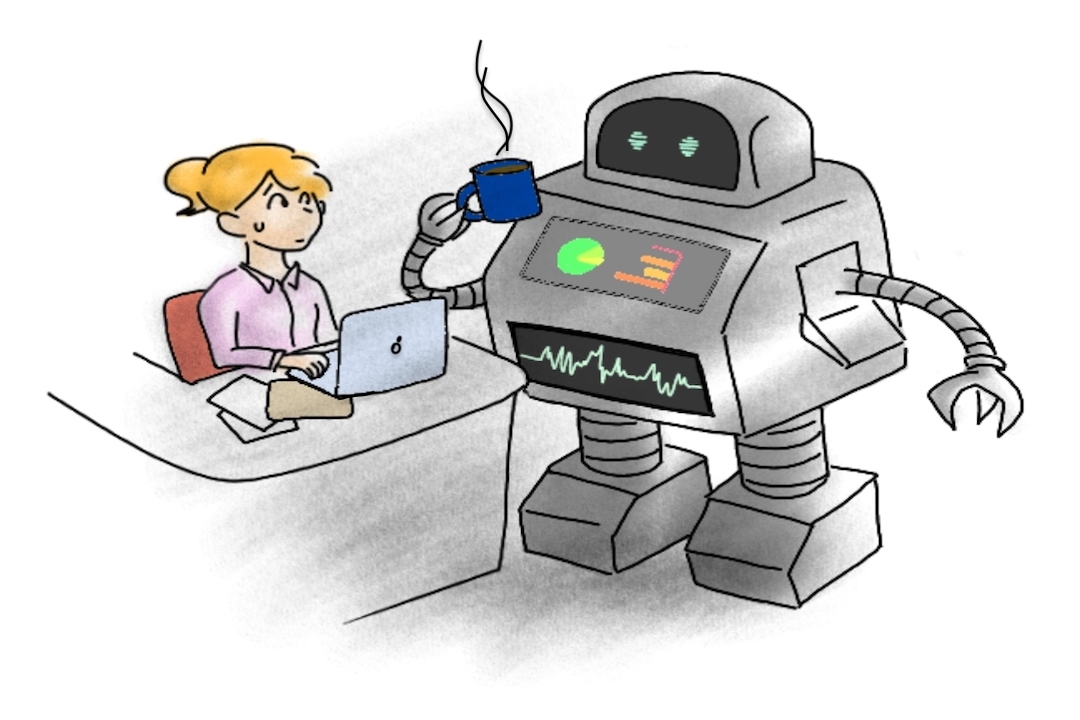The adoption of technology commercially can be a slow process, but COVID-19 has accelerated it as firms try to reduce the number of humans in the workplace.
Artificial intelligence has long sparked fear of unemployment due to automation. While the risk of job loss depends on a variety of factors — such as the ease with which a robot could replace a task — the social implications of automation are different for men and women.
A recent study by Statistics Canada estimated the unequal risk of job transformation faced by men and women as a result of automation. The study was based on the methodology used in the Longitudinal and International Study of Adults, Wave 3, but the results were applied to Canadian data in consultation with experts in automation-prone industries.
The risks were adjusted to account for differences in 25 tasks that workers performed in their jobs, such as sharing information or products and services. The study found that 44.4 per cent of women in the paid labour force faced a moderate to high risk of job transformation due to automation, as opposed to 34.8 per cent of men.
Women are more likely to hold a university degree. However, they are less likely to specialize in a technical field, making work opportunities in an increasingly digital world more difficult to find. Moreover, they are likely to work in areas such as retail or office support, which are highly automatable industries.
The effects of automation are being exacerbated by the pandemic, with women losing the most jobs at the start of the pandemic and regaining the least with the reopening. The study found that at the dawn of the pandemic in March, 63 per cent of job losses were reported by women. When the economy began to reopen in May, women only saw a 1.1 per cent increase in re-employment, as opposed to a 2.4 per cent increase for men.
Within a few short months, COVID-19 has wildly impacted the way the world carries out business. With countries imposing lockdowns to contain the disease’s spread, everything has been moved to an online format so that day-to-day functioning can be carried out from behind a computer screen at home.
“A large proportion of direct job losses are in areas of predominantly low wage female employment,” wrote David Ticoll, a senior associate at the Munk School of Global Affairs’ Policy Innovation Lab in an email to The Varsity. “This applies, for example, to the shift towards online shopping and also the decline of office work.”
“A second trend affects middle and higher income women, who are juggling family, home schooling and their jobs – and often work from home,” Ticoll continued. “Third is the impact on front line workers such as teachers and health care workers. These jobs too are predominantly done by women. Their jobs are increasingly risky and demanding, resulting in health challenges, burnout, etc. They are under compensated for what they are now being asked to do.”
What’s one silver lining to women being in these struggling employment sectors? These jobs are ones that typically require more social skills. Even though women face job losses in the service sector, the social skills they gain are transferable, and highly sought after, in the digital economy.


